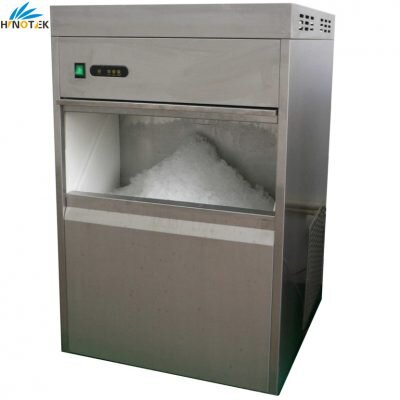Ice Machine & Ice Box
Image Source: https://www.hinotek.com/lab/ims-series-snow/
What are they and why do we use them? What types are there?
An ice machine continuously produces ice, a resource you use extremely often in synthetic biology. An ice box, or esky, keeps the ice frozen for longer - ensuring your experimental tubes don’t start swimming around in non-sterile water.
You can get by without an ice machine, but you’ll need to bring fresh ice into the lab any time you wish to perform a heat sensitive experiment.
When do you use?
Any experiment that is heat-sensitive, ie. most of them. If you’re working with an enzyme, DNA or purified protein - you’re going to need a lot of ice.
Keeping everything cool during setup can be the difference between a successful and failed experiment.
How do you use?
Fill the ice box at the start of the day. Keep all tubes that you aren’t actively working with on ice. If you remove an enzyme tube from the freezer, it needs to be submerged on ice within 10 seconds (3 seconds is preferable). Some robust enzymes can survive repeated heat/thaw cycles. Other enzyme/buffer systems will die after one freeze/thaw - such as those that are ATP dependent.

